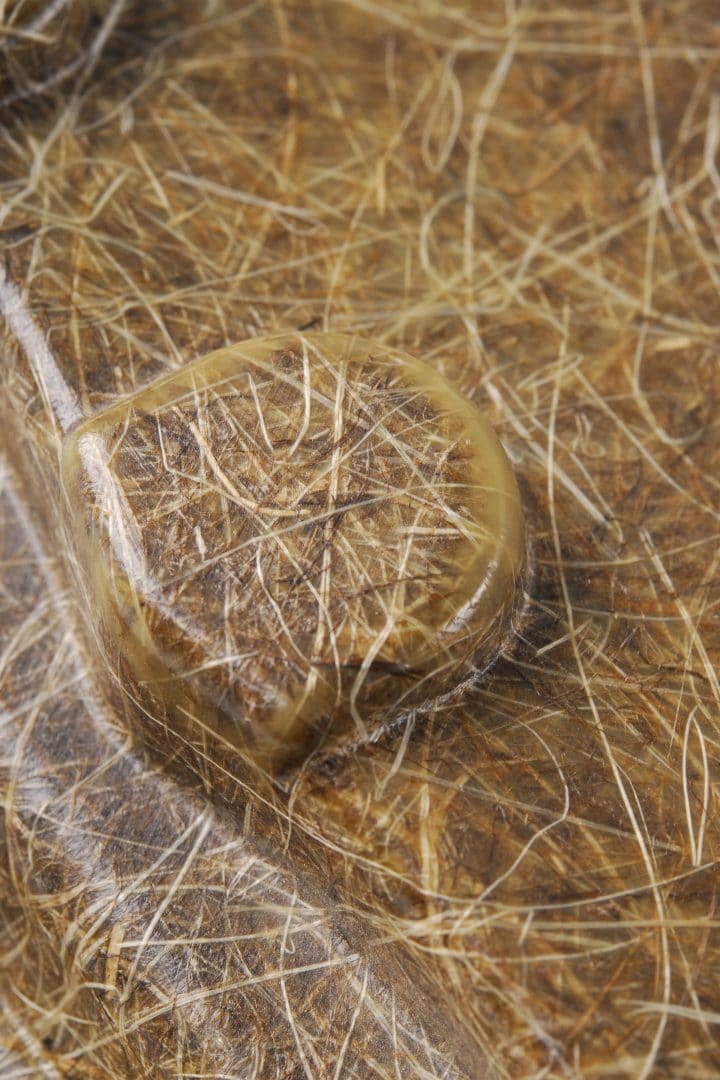
Hemp-based plastic
Hemp plastic is the number one material of the future. Door panels of certain series of BMW, Mercedes and Bugatti are manufactured using a hemp fibre basis.

Humans discovered early on how to fabricate thread, rope and textile from it.
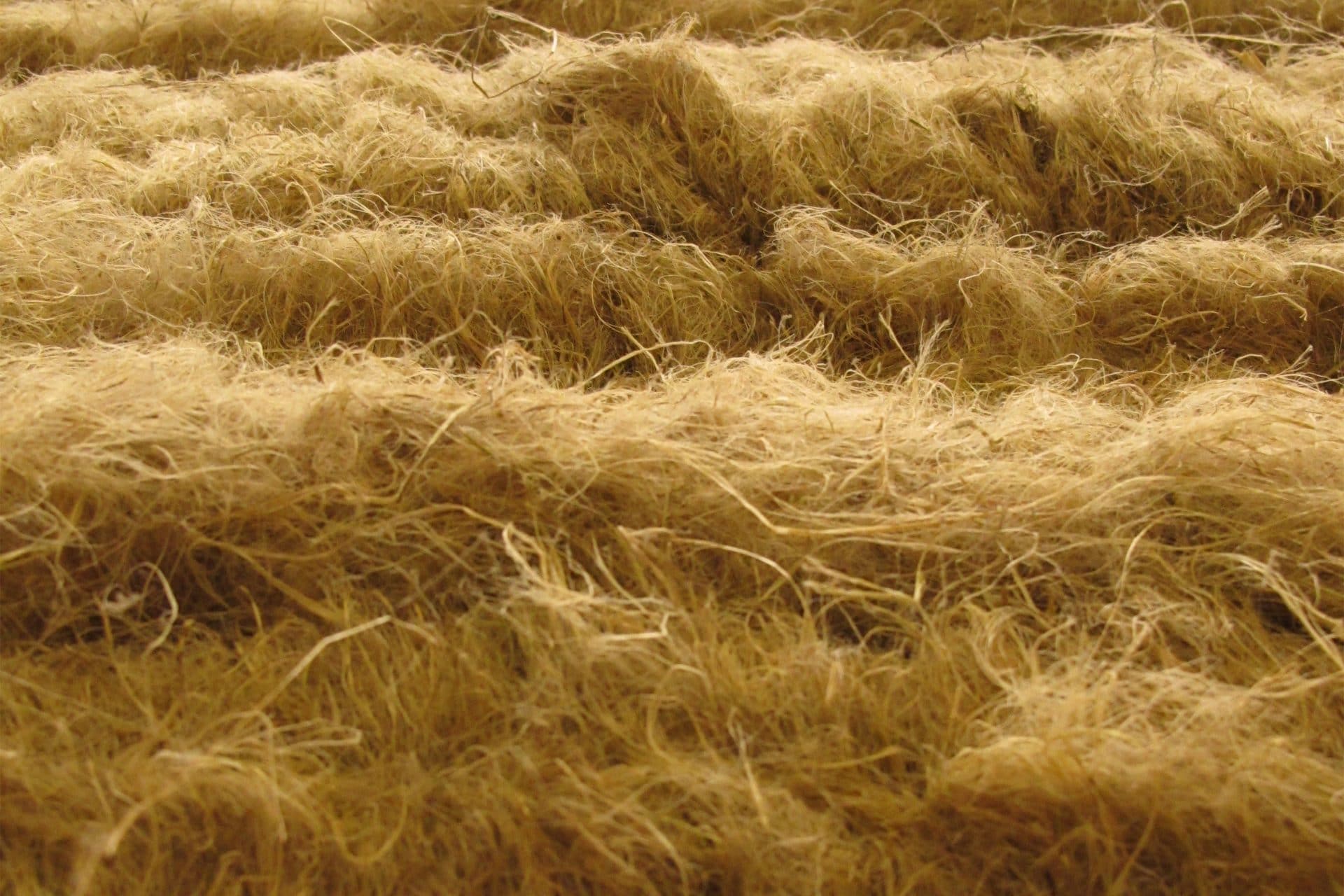
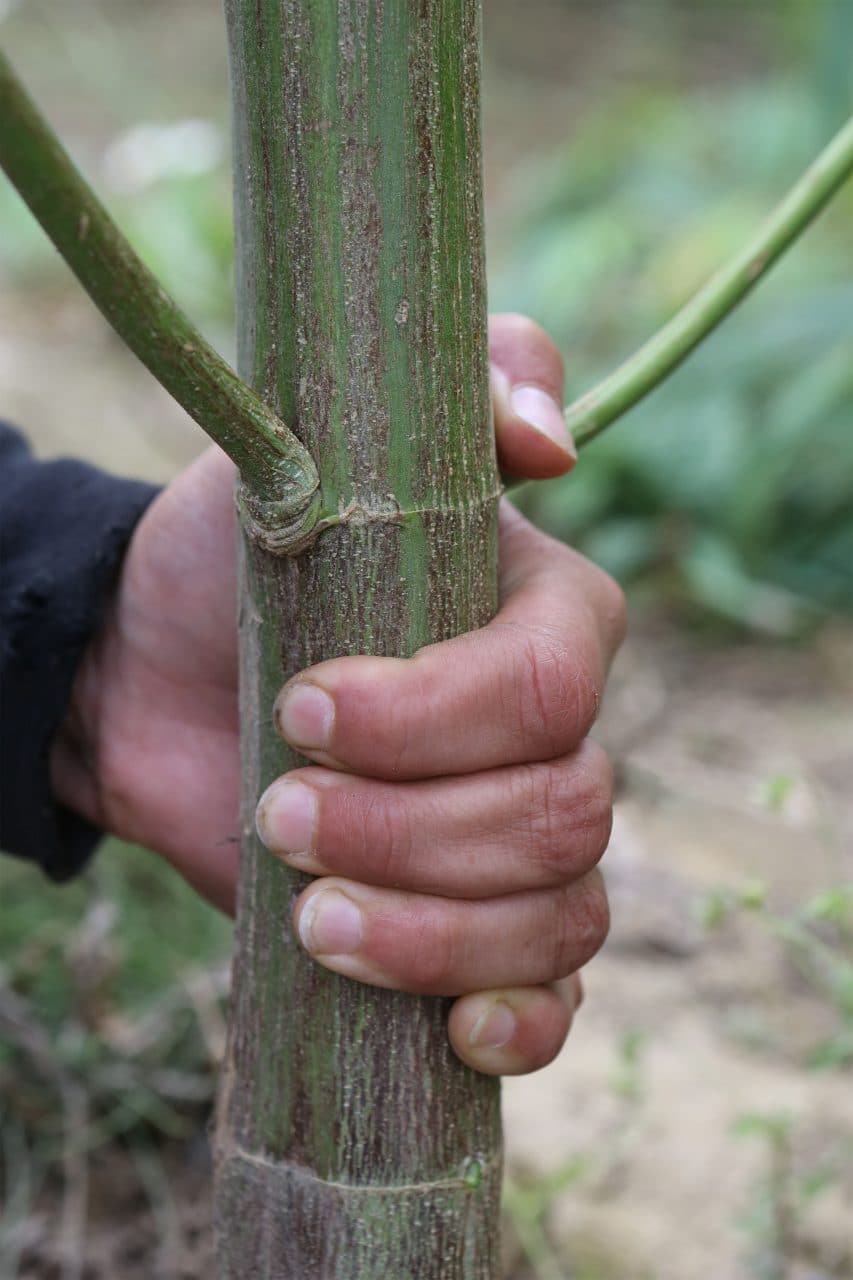
Czech Republic. Photo: Floris Leeuwenberg
Thanks to the cultivation of hemp, people were able to stop wearing animal hides and switch to clothing made of woven fabrics. Hemp clothes once had a reputation for being rough and abrasive, but the samples of hemp and hemp-blend textiles on display in our museums in Amsterdam and Barcelona prove that this supremely versatile fibre can be as strong as an anchor rope or as soft as silk. Pay us a visit and test them for yourself!
The oldest known examples of woven material are made from hemp. Various items of clothing and fabric, ranging from sandals and ritual robes to bandages and carpets, have been found on archaeological digs. First, the long, strong plant fibres were twisted into simple twine; in turn, strands of twine were plaited together to make stronger ropes. Cross-weaving allowed ropes to be made into nets for fishing and hunting. As weaving technology developed, finer and finer meshes became possible, until the net finally developed into true woven cloth.
One of the highlights of the Museum Collection (on loan from Robert Clarke) is a Chinese ceremonial costume, handmade from hemp as has been traditional for thousands of years.
Hemp was the second most used material in shipbuilding after wood, and played a crucial role in exploration and expansion across the globe. The plant’s fibres were used to make many items: sails, ropes, rigging and cloths. Hemp fibres were mixed with tar and smeared between the seams of ships’ hulls to make them watertight, in a process known as ‘caulking’. No other natural fibre can withstand the forces of the open ocean and the stresses of salt water as well as hemp does. Without hemp, Columbus would have never reached the shores of the New World.
Furthermore, the Dutch Golden Age, with its ships that spread trade goods across the globe, would have never happened without hemp. Detailed model ships on display in the museums show all its applications, and there are countless examples of hemp rope, varying from fine thread to impressive anchor ropes with a circumference of 30cm.
From the early 20th century onwards, new synthetic materials became increasingly popular with the clothing industry. However, in the last few decades there has been a gradual change. The environmentally sustainable properties of hemp are becoming recognised once again. Hemp textiles are not only qualitatively superior to, for instance, cotton, but their production is much less ecologically damaging. Recent studies have shown hemp fabric can actually destroy bacteria on its surface, preventing the spread of diseases such as staph (Staphylococcus Aureus) and pneumonia (Klebsiella Pneumoniae). If hospitals adopt the use of hemp and hemp-blended fabrics, their anti-bacterial properties could save lives.
Hemp clothes are strong and tend to last much longer than other fabrics. They can be made as light and soft as cotton. Hemp cloth creases less than linen, is highly absorbent, and is also ideal for people with sensitive skin. The same qualities that made hemp the only fibre for sea voyages make it ideal for shoes, and Nike and Adidas have both produced training shoes in hemp, which are also on display in the museums.

You might also be interested in these topics

Hemp plastic is the number one material of the future. Door panels of certain series of BMW, Mercedes and Bugatti are manufactured using a hemp fibre basis.
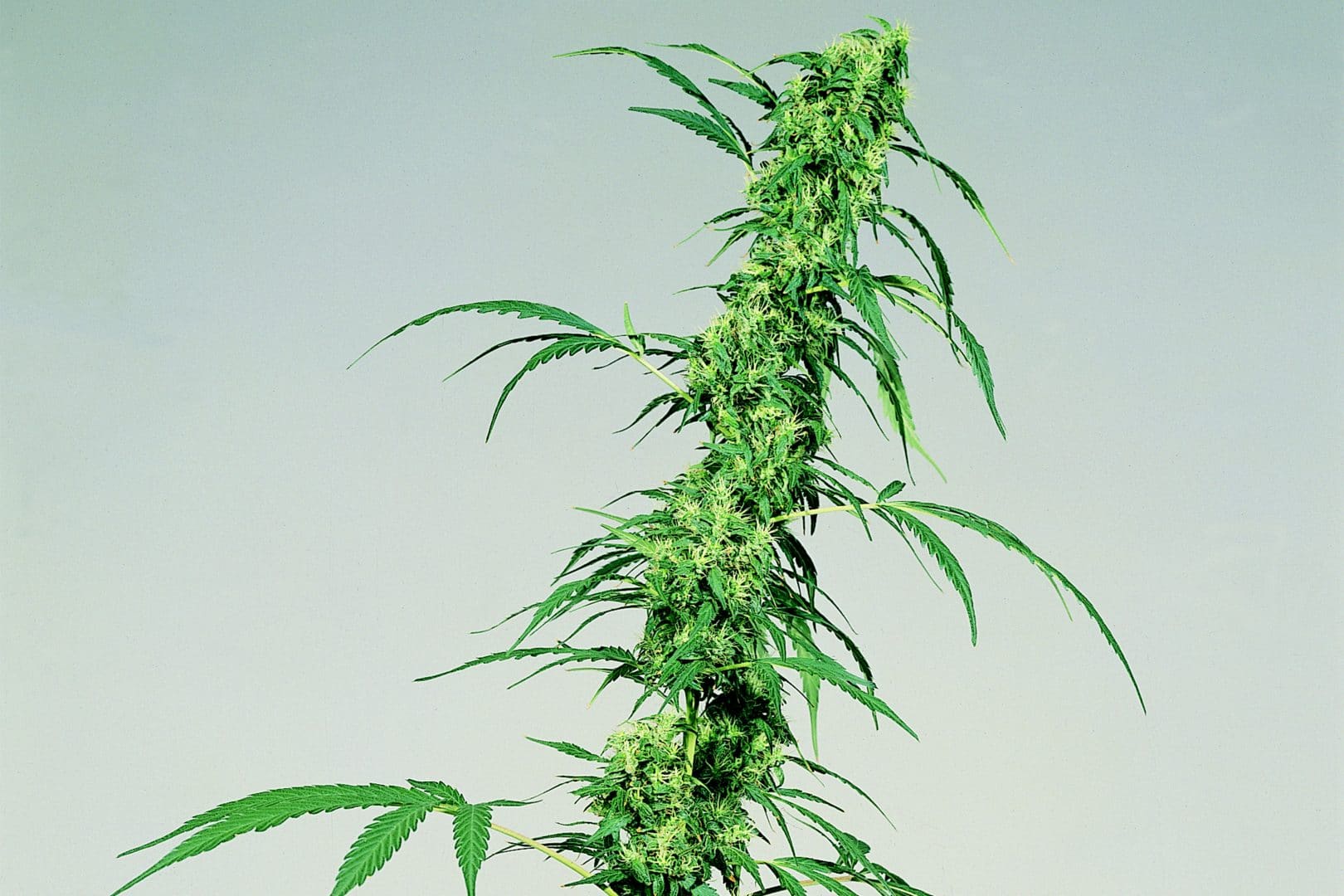
Cannabis Sativa is probably the most common form of cannabis worldwide and also the type with the most applications.
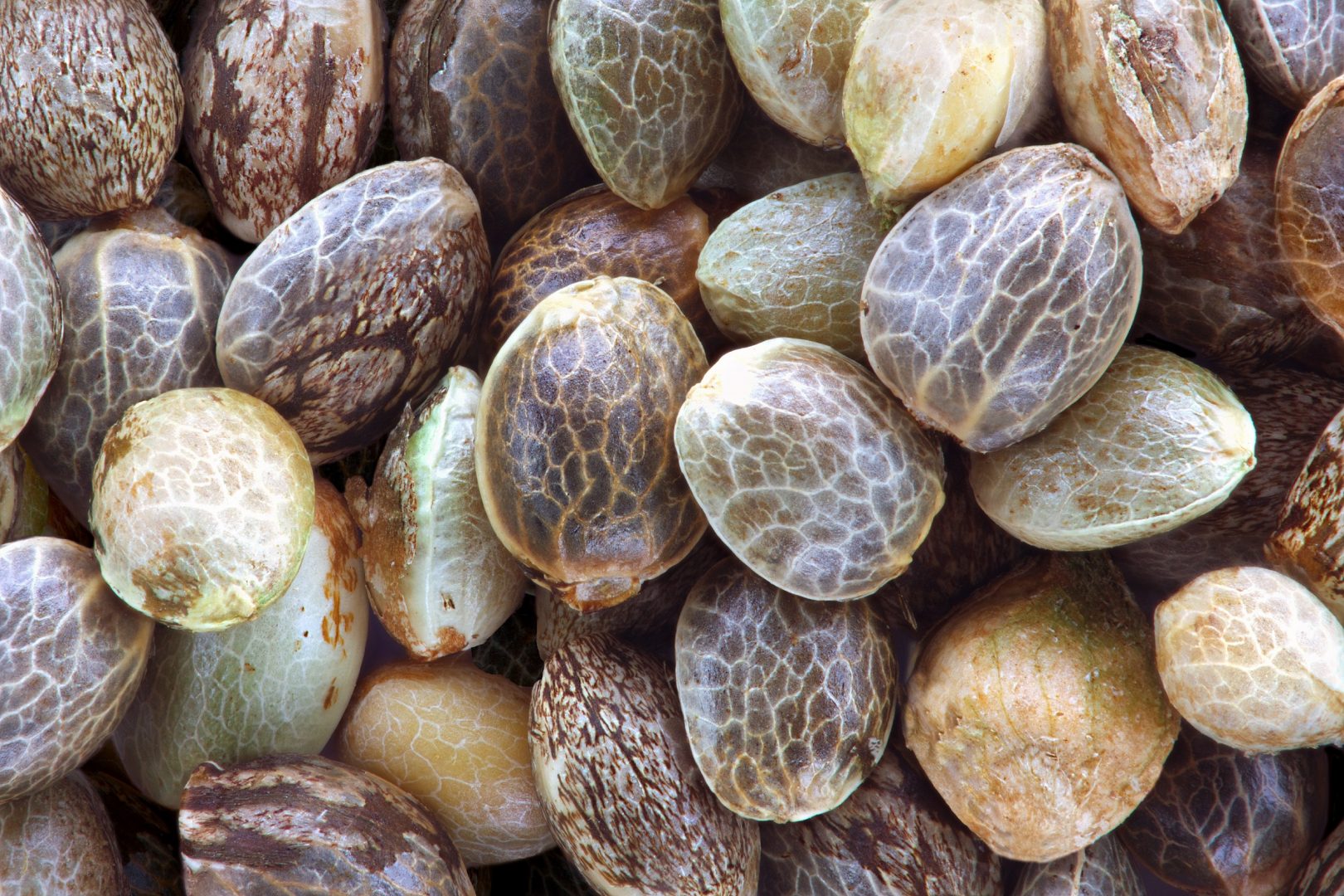
When hemp seed is pressed, it creates an oil which can be used directly for nutritional and industrial products.
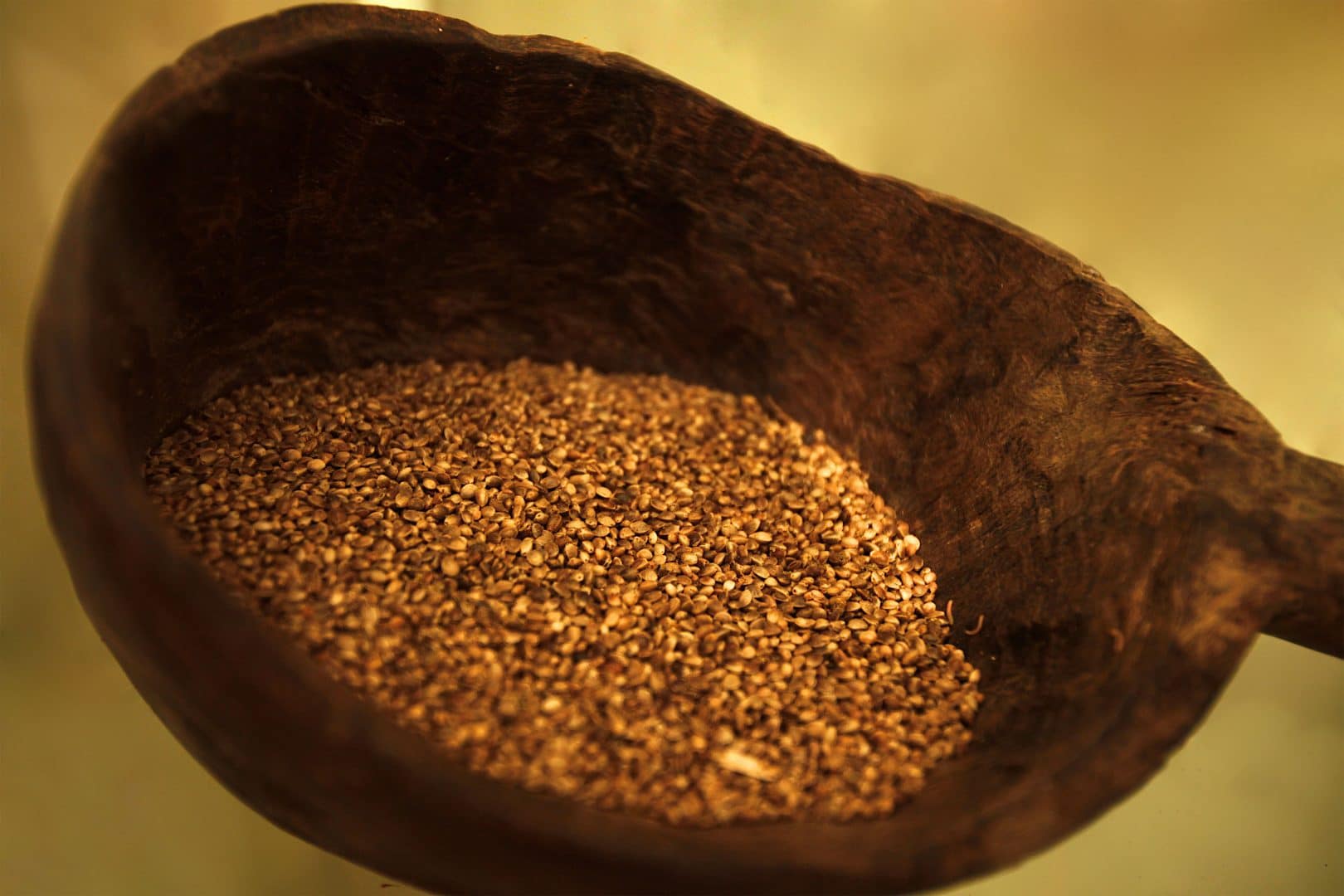
Hemp seeds are an extremely valuable product of industrial hemp cultivation.
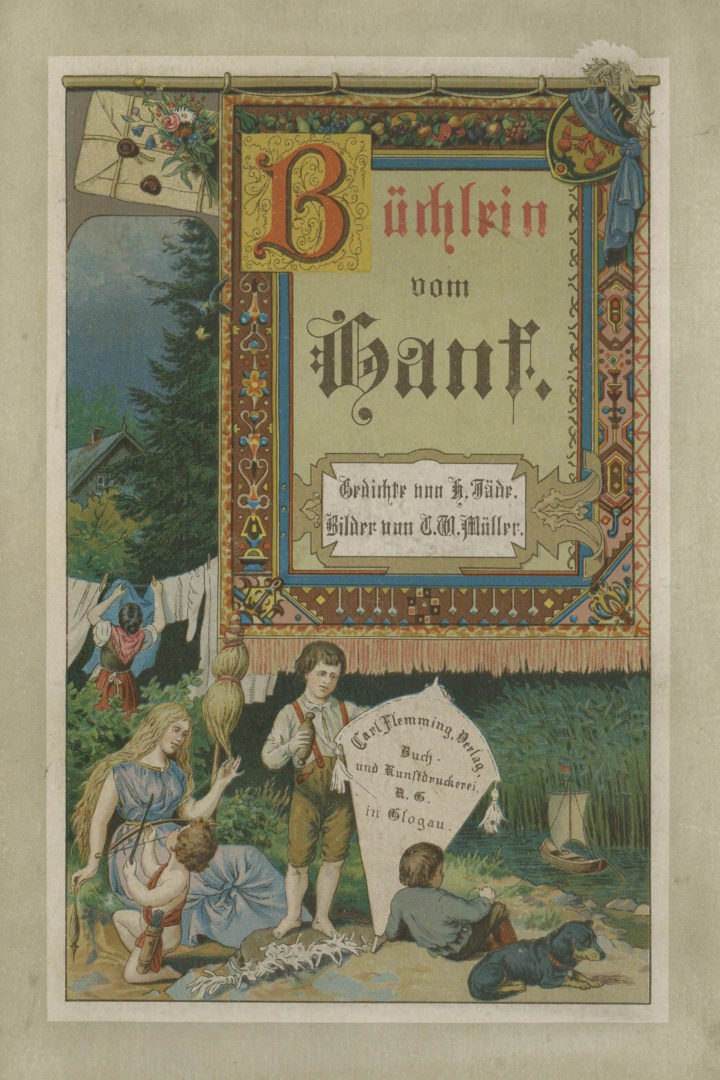
Before the First World War, German farmers were encouraged to grow hemp to aid in the return of a self-sufficient German economy.

Feast your eyes on a unique collection in the world.
Buy your ticket Plan your visitSign up to get the latest news about the museum, upcoming exhibitions and events.
Oudezijds Achterburgwal 148
+31 (0)20-6248926
amsterdam@hashmuseum.com
Monday to Thursday: 12:00 – 20:00
Friday to Sunday: 10:00 - 22:00
More information
Carrer Ample 35
+34 93 319 75 39
barcelona@hashmuseum.com
Every day: 11:00 – 20:00
More information
© 1987 - 2026 Hash Marihuana & Hemp Museum. All Rights Reserved. CSS Status 404